The vast, unforgiving ocean has long served as a mirror to humanity's deepest obsessions, and few literary figures embody this reflection as starkly as the white whale at the heart of Herman Melville's Moby-Dick. The creature, known as Moby Dick, is more than a mere animal; it becomes an all-consuming force of nature, a symbol of the abyss that stares back when men dare to confront it. Captain Ahab's relentless pursuit of the whale is not just a hunt—it is a descent into madness, a parable about the corrosive power of hatred and the futility of vengeance. The sea, in this epic, is both a physical and psychological landscape, where the line between man and monster blurs.
Melville's masterpiece, often misread as a simple adventure tale, is in truth a labyrinth of existential dread. Ahab's peg leg, fashioned from the jawbone of a whale, is a grotesque testament to his first encounter with Moby Dick—a meeting that left him physically broken and spiritually unmoored. The whale itself is rendered in near-mythic terms: an intelligent, almost supernatural being that seems to taunt its pursuers. Sailors whisper of its uncanny ability to surface where least expected, as if drawn by some dark magnetism to Ahab's fury. This is no ordinary predator; it is the sea's vengeance given flesh.
The Pequod, Ahab's ship, becomes a floating microcosm of human folly. Its crew, a patchwork of cultures and desperations, follows their captain into the void with a mixture of awe and terror. Melville takes pains to show that these men are not mere accessories to Ahab's madness—they are complicit, seduced by the promise of gold or glory or simply the thrill of the hunt. Starbuck, the first mate, voices the reader's unease, recognizing the voyage for what it is: suicide disguised as purpose. Yet even he cannot resist the gravitational pull of Ahab's obsession. In this way, the Pequod mirrors society itself, where collective delusions can override individual reason.
What makes Moby Dick such an enduring symbol? The whale's whiteness is key—it is not the blankness of purity, but the terrifying pallor of the void. Melville devotes an entire chapter to unpacking the cultural weight of whiteness, from the albatross of Coleridge's poem to the pale horror of a dead man's skin. White is the color of ghosts, of ice, of the lifeless eye of a storm. Moby Dick embodies all these things, becoming a swimming memento mori. Ahab projects onto it every injustice, every slight, every existential anguish he has ever suffered. The whale is no longer an animal; it is the sum total of human suffering, and Ahab means to strike back at God himself through its blubber and bone.
The final confrontation between man and beast plays out with the inevitability of a Greek tragedy. Ahab, lashed to the whale by his own harpoon lines, is dragged into the depths—a fitting end for a man who could never let go. The Pequod sinks, pulled down by the very creature they sought to conquer, and the sea closes over them without a ripple. Only Ishmael survives, clinging to a coffin-turned-lifebuoy, a witness to the folly he narrowly escaped. Melville leaves us with this haunting image: the ocean, vast and indifferent, swallowing whole the petty hatreds of men. The waves roll on as they always have, as they always will, long after Ahab's name is forgotten.
Two centuries after its publication, Moby-Dick remains disturbingly relevant. In an age of climate crises and endless wars, Ahab's monomania feels less like an aberration and more like a diagnosis of the human condition. We still project our fears onto the natural world, still wage quixotic battles against forces we cannot hope to control. The white whale swims on, now in the form of melting ice caps or spreading pandemics—still just as elusive, just as deadly. Melville's genius was in recognizing that the sea's greatest monster was never the whale, but the reflection it showed of ourselves.

By /Jul 16, 2025

By /Jul 16, 2025
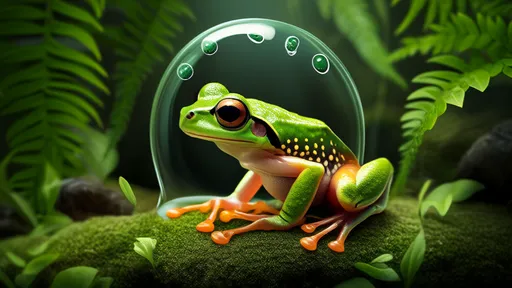
By /Jul 16, 2025

By /Jul 16, 2025
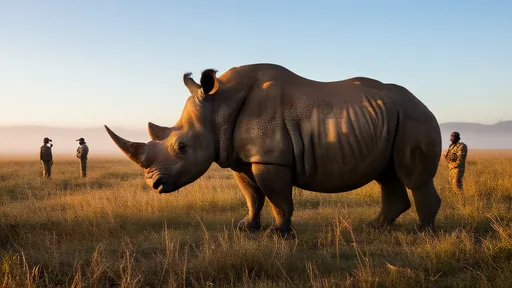
By /Jul 16, 2025

By /Jul 16, 2025
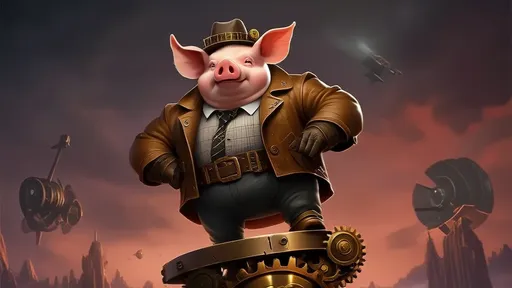
By /Jul 16, 2025

By /Jul 16, 2025
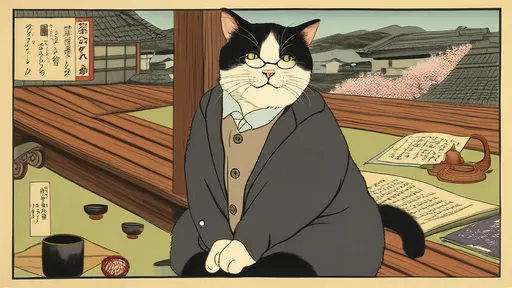
By /Jul 16, 2025
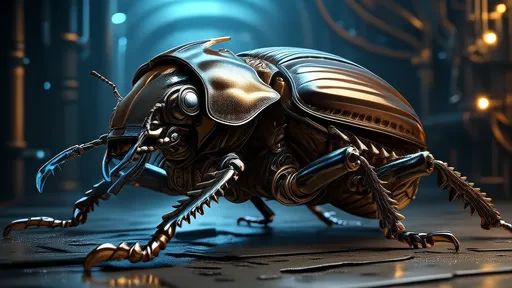
By /Jul 16, 2025
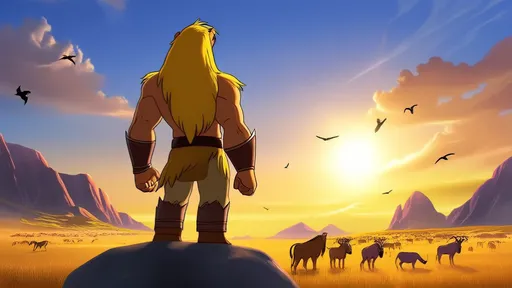
By /Jul 16, 2025
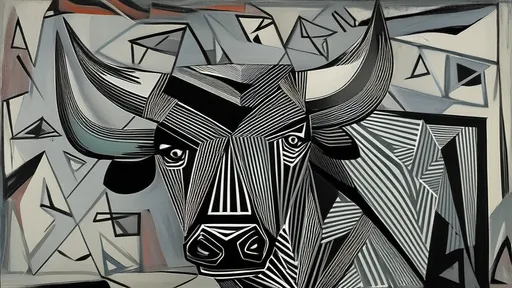
By /Jul 16, 2025
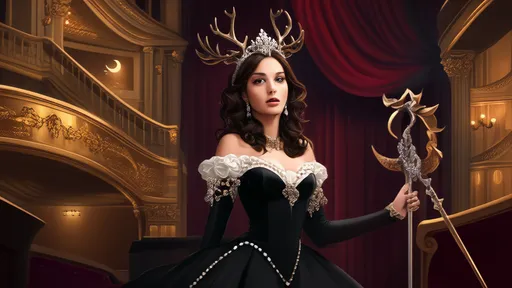
By /Jul 16, 2025
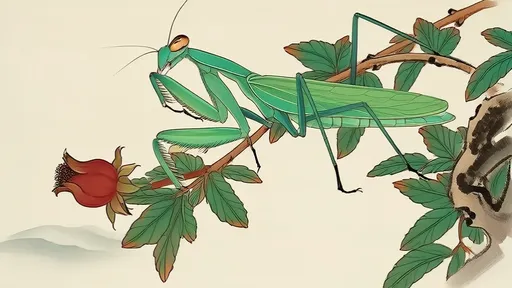
By /Jul 16, 2025
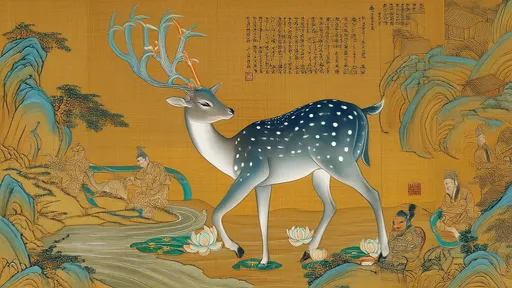
By /Jul 16, 2025
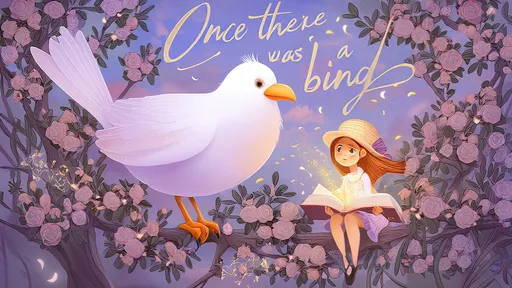
By /Jul 16, 2025
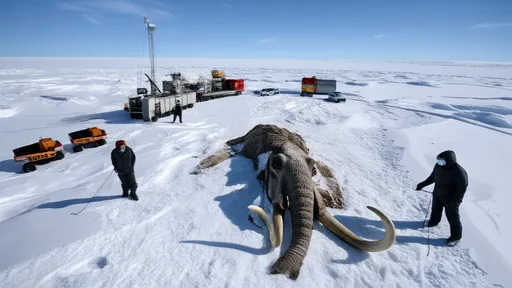
By /Jul 16, 2025
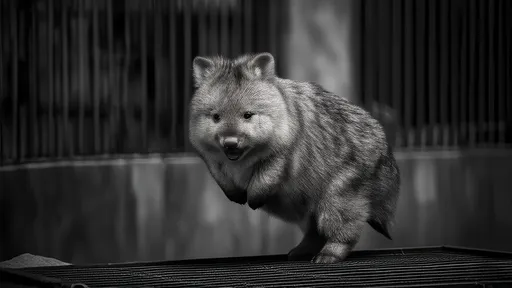
By /Jul 16, 2025
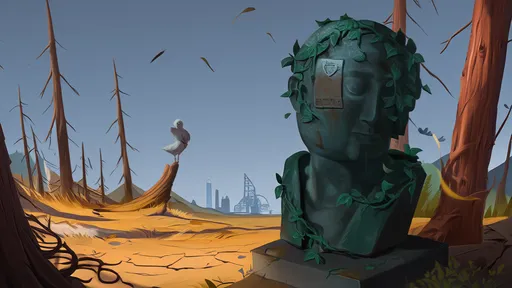
By /Jul 16, 2025
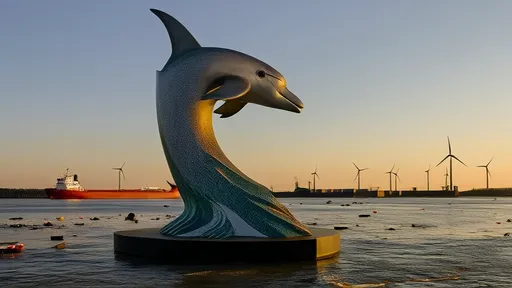
By /Jul 16, 2025